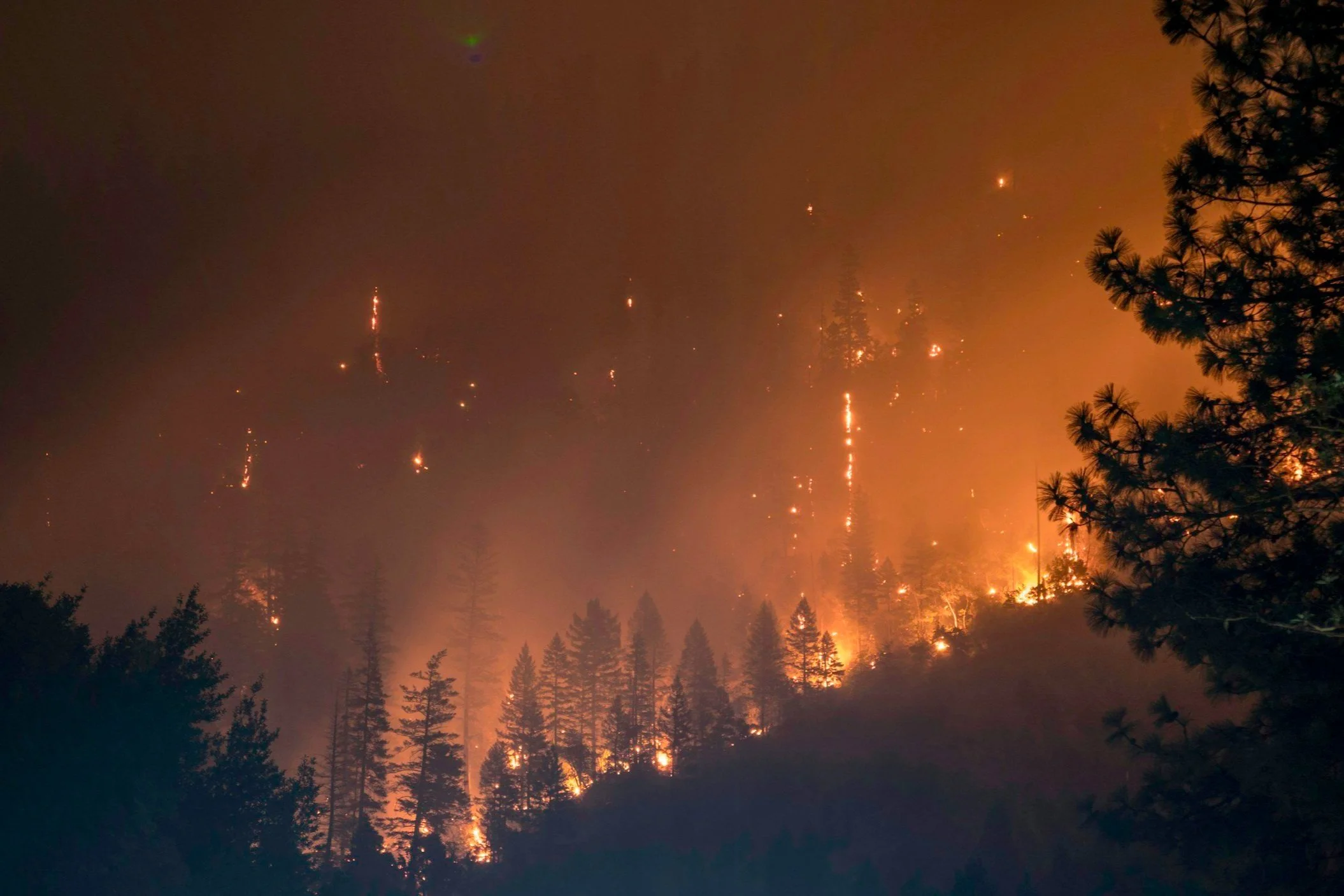Drought-Fueled Wildfires Ravage the NYC Tri-State Area, Threatening Parks, Railways, and Communities
Source: Squarespace/ Unsplash
Drought Conditions In The Tri-State Area
As drought conditions grip the NYC tri-state area, a wave of catastrophic wildfires has erupted, sparking concerns about the region's changing climate and vulnerability to extreme weather. The ongoing drought, worsened by an unusually dry season, has turned forests and parklands into tinderboxes. From local parks to suburban forests, the fires are spreading fast and wide, leaving a trail of devastation across New York, New Jersey, and Connecticut.
One of the most recent fires broke out in Brooklyn’s Park Slope, where parched trees and dry undergrowth fueled a blaze that quickly spread through a substantial part of the park. Once a green refuge for city dwellers, sections of the park have now been reduced to scorched earth, with firefighters struggling to contain the flames due to dry conditions and shifting winds. The fire has left many wondering how prepared New York City’s green spaces are for what appears to be an intensifying pattern of wildfires.
The fires are not limited to city parks; New Jersey has also been severely affected. Across New Jersey, a series of brush fires broke out in densely wooded areas, challenging firefighting crews who faced limited access and rapidly spreading flames. These fires have forced nearby residents to evacuate and caused extensive damage to wildlife habitats. In a state where fires of this magnitude are rare, the impact has been both startling and devastating, sparking discussions about fire management resources and strategies for preserving forested areas during prolonged droughts.
To complicate matters, fires have also been erupting along the Metro-North and Amtrak rail lines, igniting brush fires along the tracks. Officials believe that sparks from trains, combined with the extremely dry conditions, are igniting fires along railways, posing not only a threat to nearby areas but also significant disruption to train services. These fires have stranded passengers, caused delays, and put pressure on transit authorities to take preventive measures, such as inspecting trackside vegetation and enforcing fire safety protocols.
Experts attribute these unseasonal fires to a severe lack of rainfall and record-breaking temperatures that have dried out vegetation across the region. Drought, combined with high winds and urban development encroaching on forested areas, has created an environment where even a small spark can trigger a full-scale wildfire. These conditions reflect a shift toward a climate more prone to wildfires—one that the tri-state area is still unequipped to handle.
Air Quality Takes a Hit as Smoke Engulfs NYC
The recent fires have drastically worsened air quality across the New York City area, blanketing the city in a hazy, smoky fog. The familiar skyline is now obscured by a thick layer of smoke, with air quality indices spiking into unhealthy levels across multiple boroughs. This smoky air has become a grim reminder for New Yorkers, many of whom remember last June when intense wildfires in Canada drifted south, casting the city in an orange glow and plunging air quality to some of the worst levels in the world.
Now, only months later, NYC residents are once again advised to limit outdoor activities, particularly vulnerable groups such as children, the elderly, and those with respiratory issues. Smoke from local fires has exacerbated air pollution, filling the air with fine particulate matter (PM2.5), which can penetrate deep into the lungs and trigger health issues ranging from asthma attacks to cardiovascular complications.
The recurrence of smoky conditions in such a short period underscores the shifting climate patterns contributing to more frequent and severe fires, both near and far. It has also sparked conversations about NYC’s preparedness for ongoing air quality challenges. City officials are urging residents to wear masks when outdoors, keep windows closed, and use air purifiers if possible. As wildfires become more common, both in the Northeast and beyond, New Yorkers may need to prepare for smoke events as part of an evolving climate reality.
Government Response
In response, local governments are now urging residents to exercise caution in parks and wooded areas, avoid outdoor fires, and report any signs of smoke or fire immediately. Emergency preparedness plans are also being reevaluated, with a renewed emphasis on preventative measures and early detection systems. But with climate experts predicting that extreme weather events, including droughts, will become more frequent, the region faces a stark challenge. If conditions don’t improve, these drought-fueled fires may continue to rage, reshaping both the landscapes and lives across the tri-state area.
The unfolding wildfire crisis signals a pressing need to adapt to new climate realities, where wildfires—once thought to be mostly a western phenomenon—are becoming an undeniable part of the Northeast’s landscape. The droughts and subsequent fires affecting New York, New Jersey, and Connecticut offer a somber reminder of the need for resilience in the face of an increasingly volatile climate.


